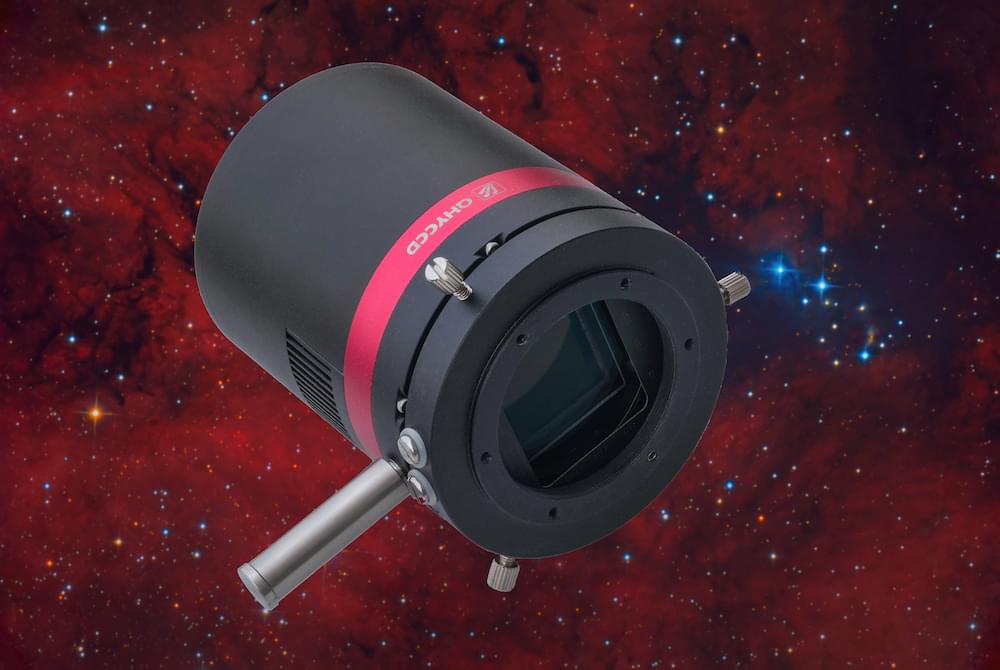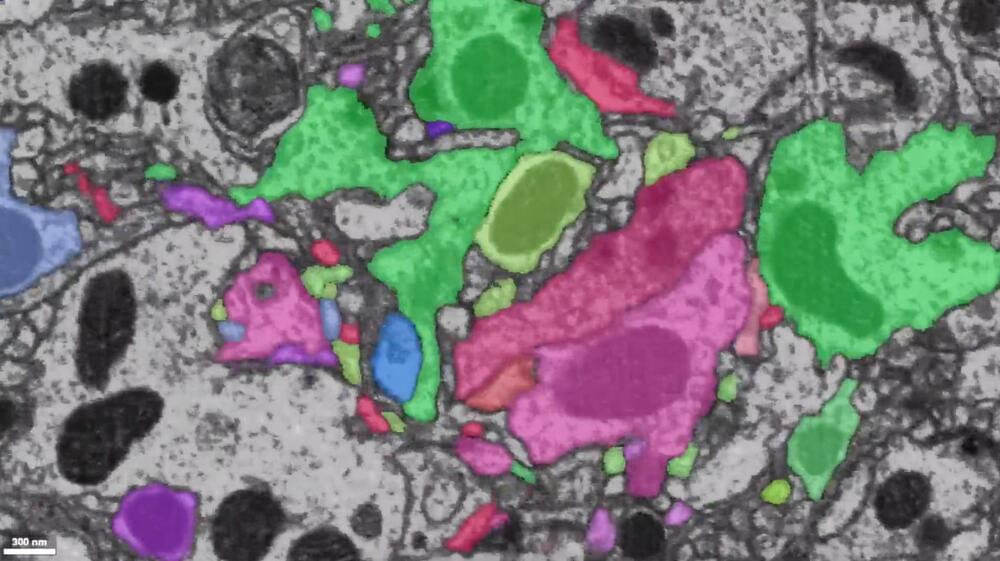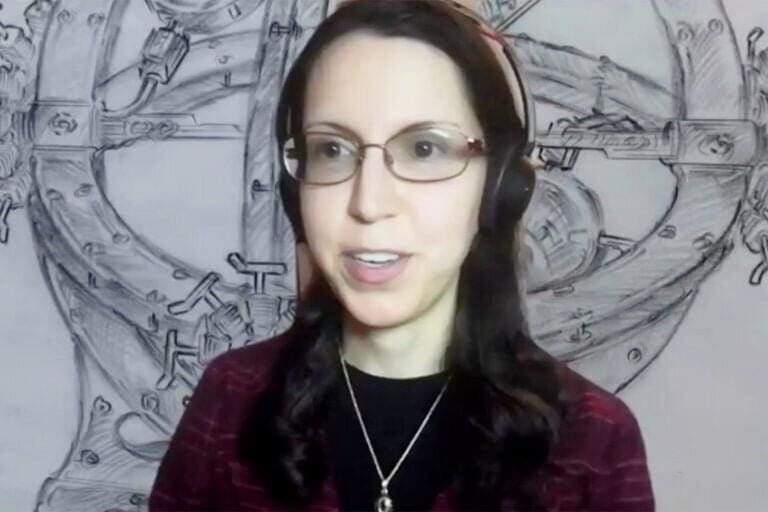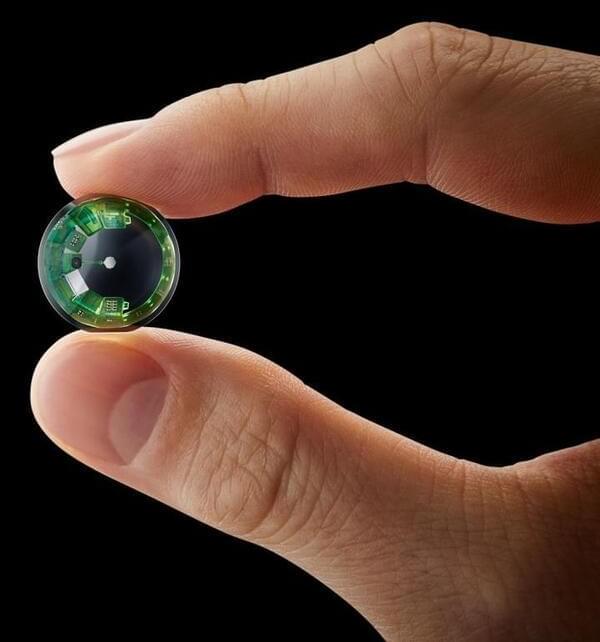Move aside CCDs. Consumer CMOS cameras are here to stay.
For 20 years, I have been using charge-coupled device (CCD) cameras, and I currently own the top-of-the-line SBIG STX-16803. But while studying two images I recently made using the latest QHY 410C CMOS camera, I had to wonder: Is CCD dead?
For years, I lectured about the asymptotic boundary of noise in CCD images. In a basic sense, this means that no matter how many frames you take to increase your signal-to-noise ratio for a cleaner image, you will always run into a wall of noise when you stretch your image to bring out deep shadows. But with QHY’s new CMOS camera, this troublesome wall of noise is nonexistent.
The QHY 410C is a one-shot color camera that utilizes the back-illuminated Sony IMX410 CMOS chip found in high-end cameras like the Nikon Z6 and the Sony A7 III. But the 410C has taken the full-frame (35 millimeter) 24-megapixel chip and mounted it in a camera with regulated cooling and zero amplifier glow, helping drive the noise to such a low level.








